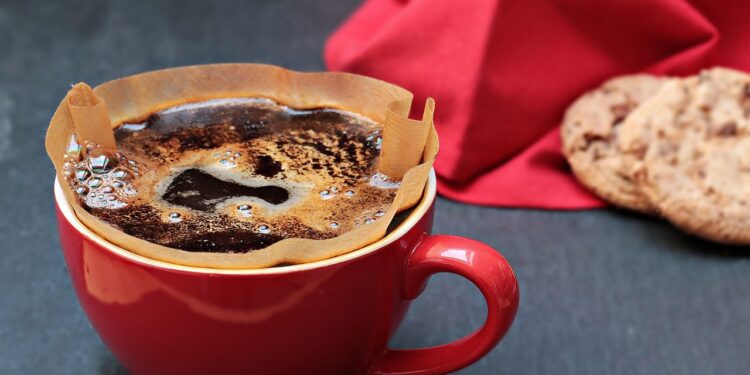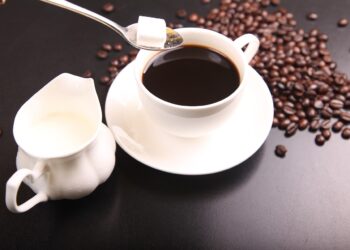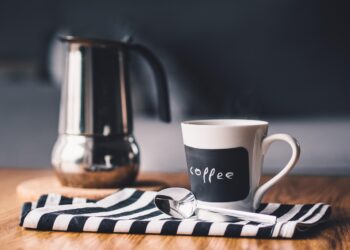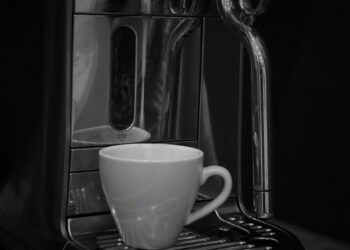Mastering Coffee: Essentials of Brewing Perfection
For many, the day doesn’t start until the first sip of coffee. Whether it’s the aroma, the flavor, or the ritual itself, coffee plays a pivotal role in the day of millions globally. By understanding the essentials of brewing, you can transform your coffee routine into an exquisite, flavor-rich experience. This comprehensive guide will delve into the techniques and knowledge necessary to achieving coffee brewing perfection.
Understanding Coffee Beans
Great coffee starts with the beans. The two primary types of coffee beans are Robusta and Arabica, each offering distinct flavors and levels of acidity. Arabica beans are known for their sweet, soft taste and higher acidity, whereas Robusta beans are more robust and bitter. Choosing the right bean is the first step in the coffee brewing process and crucial for achieving the desired taste profile.
Single-Origin vs. Blends
Single-origin coffee is sourced from a specific place, offering unique characteristics of that area, while blends combine beans from multiple locations to create a balanced flavor. Deciding between single-origin and blends can affect the complexity and depth of your coffee.
Selecting Your Brewing Method
Each brewing method affects the coffee’s taste. Popular methods include:
- Drip Brewing: Ideal for a clean, crisp cup of coffee.
- French Press: Provides a richer, full-bodied flavor.
- Espresso: Perfect for a concentrated and bold shot of coffee.
- Cold Brew: Offers a smooth, mild, and less acidic taste.
Getting the Grind Right
The grind of your coffee beans should be tailored to your brewing method. Fine grinds are ideal for espresso, while coarser grinds work well with French Press. Consistency in grind size leads to a more balanced extraction and better flavor.
Mastering the Water to Coffee Ratio
The ratio of water to coffee is crucial. A general guideline is to use about 1 to 2 tablespoons of ground coffee for every six ounces of water, but this can vary based on personal preference and the brewing method used.
Optimal Brewing Temperature and Time
The right water temperature for brewing most types of coffee is about 195 to 205 degrees Fahrenheit. Water that’s too hot can extract compounds that make coffee taste bitter, while too cold water can lead to under-extraction. Similarly, brewing time should be adjusted based on the method to avoid over or under-extraction.
Keeping Equipment Clean
Residue from previous brews can impart unwanted flavors into your coffee. Regular cleaning of your grinder, coffee maker, and any other equipment is crucial for maintaining the quality and taste of your coffee.
Frequently Asked Questions
How often should I clean my coffee maker?
It is recommended to clean your coffee maker at least once a month to prevent oil buildup and other residue from affecting your brew’s taste.
Can the quality of water affect coffee taste?
Absolutely. Hard water can result in a duller flavor, while using filtered or bottled water can enhance the overall taste and quality of your coffee.
Is it worth buying a coffee grinder?
Yes, grinding your own beans right before brewing can significantly improve the freshness and flavor of your coffee compared to pre-ground coffee.
Conclusion
Mastering the art of coffee brewing can transform your morning cup from an ordinary ritual to an extraordinary sensory experience. By selecting quality beans, understanding the appropriate brewing methods, and maintaining your equipment, you are well on your way to achieving brewing perfection. Explore, experiment, and enjoy the journey of crafting the perfect cup!
This content addresses essential components of coffee brewing, integrating keywords like “brewing methods,” “coffee beans,” “Arabica and Robusta,” and “optimal brewing temperature,” ensuring it is informative and SEO optimized. The HTML structure with clear headings enhances readability and makes it easy to navigate through different sections, providing a seamless user experience.





